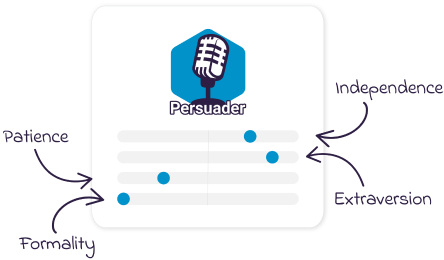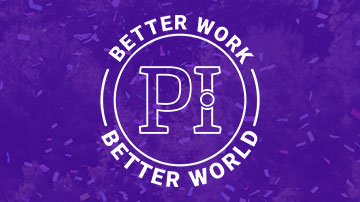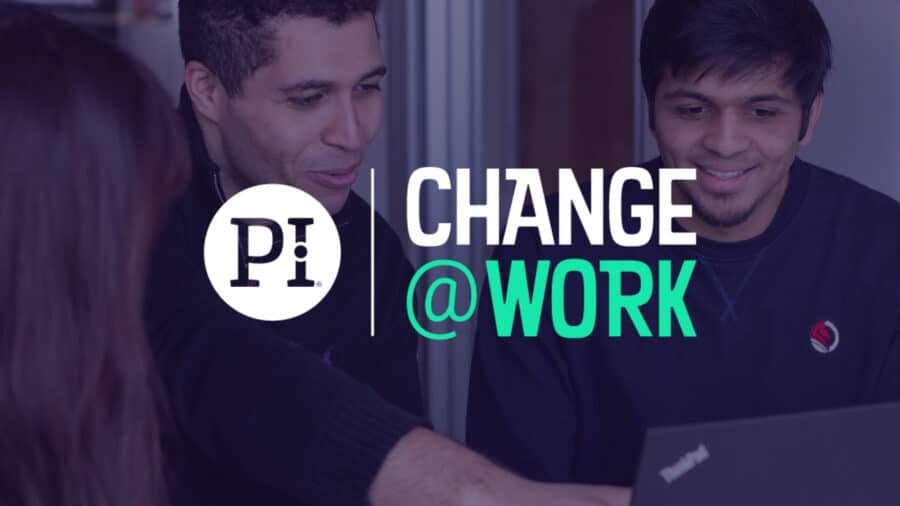Onboarding with the Predictive Index (PI)
Onboarding with The Predictive Index
Onboarding with the Predictive Index (PI)
Onboarding by product
Additional support
Welcome to the Predictive Index
We’re so grateful you’re joining our mission: Better Work, Better World. This guide is designed to help you onboard to your organization using the behavioral data that powers the guides and features in our software. The goal is for you to become familiar with behavioral data and to connect you to the resources you need to understand how it is used across your organization to improve communication and collaboration.
Our history
The Predictive Index was founded over 70 years ago with an ambitious mission: Better Work, Better World. Our passion, inherited from our founder Arnold Daniels, is to understand people and teams—specifically what drives behaviors at work.

Like you, we strive to understand that behavior and ignite enthusiasm in your people. Our software hones the wisdom, guidance, and data that help inspire employees to be the most productive, engaged, and self-aware professionals they can be.
The PI Behavioral Assessment (BA)

The scientific foundation of our assessments provides data to help shape hiring, team dynamics, performance management, and more. Our software uses that data to inspire employees to be the most productive, engaged, and self-aware professionals they can be.
PI today


Our culture and core values

Inclusion, transparency, & employee-led action.
